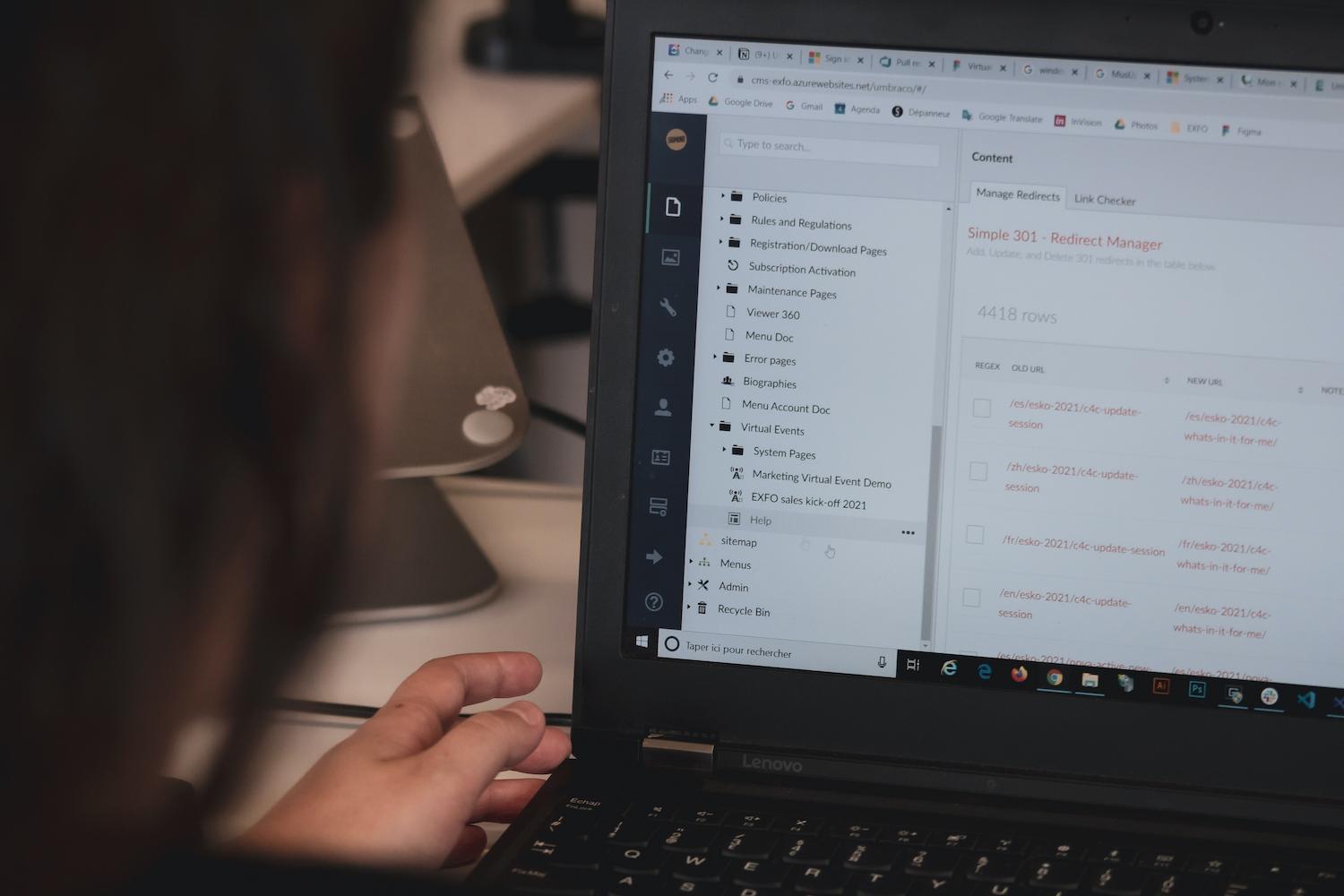IoT application development is certainly a solid investment, considering the growing adoption of smart home, smart office, or industrial IoT devices.
Note the way I used the word adoption, not popularity. The reason for this is simple – the Internet of Things (IoT) needs no introduction and its popularity has been growing for years now. But the adoption of IoT solutions is still quite low, considering its potential.
This is going to change.
As the tech behind IoT products is becoming more accessible and efficient, now is the time when the Internet of Things will reach more users.
Applications vary from smart solutions for homes, offices and cities, to manufacturing and Industry 4.0. This includes agriculture, surveillance, and more.
In this article, I want to give you a general idea of what’s essential for IoT application development. But first, why should you trust my opinion?
We know it because we’ve built IoT products before
At SoftwareHut, we have first-hand experience in building IoT products. Those include smart office applications, industry solutions, security systems, and labtech implementations. We have also developed an IoT-driven, smart office application, Zonifero.
Here’s a little backstory:
By growing its business and acquiring other software houses in Poland, SoftwareHut quickly became a sizable company with seven offices and more than 200 employees. As office management became an issue, we developed an app meant to solve it. Problems included finding a way throughout new offices or searching for co-workers. Today, the app also allows to book a conference room, parking space or a hot desk.
From internal project to successful startup
Fast forward to today, Zonifero is a proptech company paving its own way in the real estate world. The solution can now integrate with third-party products and systems, for example click-and-collect employee lockers or conference room management systems.
Our product has successfully deployed in major events, such as the Imagine Cup. Most recently, Zonifero now operates throughout large commercial real estate investments totalling over 100,000 sq meters.
For this, a system had to connect with IoT devices, safely store data, and enable data management. Based on that information, we can draw conclusions and optimise the use of our office space.
How to develop a successful IoT application?
Based on the successful development of Zonifero, here are five tips on IoT development I want to share with you.
1. Choose your devices
You don’t have to be a manufacturer of your own IoT devices (although you can). When creating an IoT application, you can integrate this with existing solutions, so you slash the cost of product development.
In the case of Zonifero, we have built our own devices, but also ensured the possibility of implementing our system with third-party solutions. This allowed us to offer a complete product but also to establish partnerships with other brands. Those partnerships, in turn, enabled us to scale our services further than we could alone at this stage.
How to select IoT devices?
Whether you’re building your own devices or integrating your app with existing solutions, make sure they check these boxes:
- Data storage and processing capabilities
- Industry communication standards
- Effective power management
2. Prioritise safety
IoT application security is one of the most significant issues and challenges faced by the connected world. According to Gartner, almost 20% of companies worldwide experienced an IoT-based attack of some sort in the last three years.
The attacks usually include distributed DOS attacks, spam attacks, and takeovers due to poor code quality, bugs or unauthorised access. As the number of IoT devices will grow, making them safer should be a top priority for companies.
When securing IoT devices, remember to cover these three relevant fields:
- Communication
- Connected devices
- Secure control application
3. Choose an IoT platform
An IoT platform is a framework that ties together essential parts of IoT architecture. You can develop your solution or use one of the existing platforms like Google Cloud Platform, IBM Watson IoT, and Salesforce IoT Cloud.
Types of Internet of Things platforms usually include:
- End to end platforms – provide complete solutions, from data transfer and processing to analytics and application implementation.
- Connectivity platforms – the main goal here is to provide a network to connect devices within the system.
- Cloud solutions – robust infrastructures offering high scalability.
4. Focus on user experience (UX)
Creating an IoT product follows the basic principle of software development – putting your users first. This may sound obvious, but far too many times have I seen solutions developed for their own sake.
To avoid this mistake, take a step back and answer these questions:
- Why are you developing this IoT application?
- What problems should it solve?
- What activities do you want to make it easier for your users?
Then, invest in user experience research and design to find out how people actually use your product. When following your gut feeling, you may end up having a beautiful product no one uses. Try asking your users instead. This way, you will create a great experience that users enjoy and find useful.
5. Make it actionable
Just as you strive to meet user’s needs, you should think about the value it brings to system admins.
At Zonifero, for example, we want to make office management easier. That’s why all the data collected from IoT devices work to monitor and analyse the use of parking spaces, hot-desks, track issues, etc.
Make it easy for managers to draw conclusions from your IoT application. Let them see the bigger picture, and use the information to make informed decisions.
Invest in IoT application development services
Whether you decide on choosing an existing IoT framework or building your application from scratch, hiring software developers is a must.
Consider hiring an in-house team or outsourcing development to a tech vendor.
Explore the world of IoT app development with us


